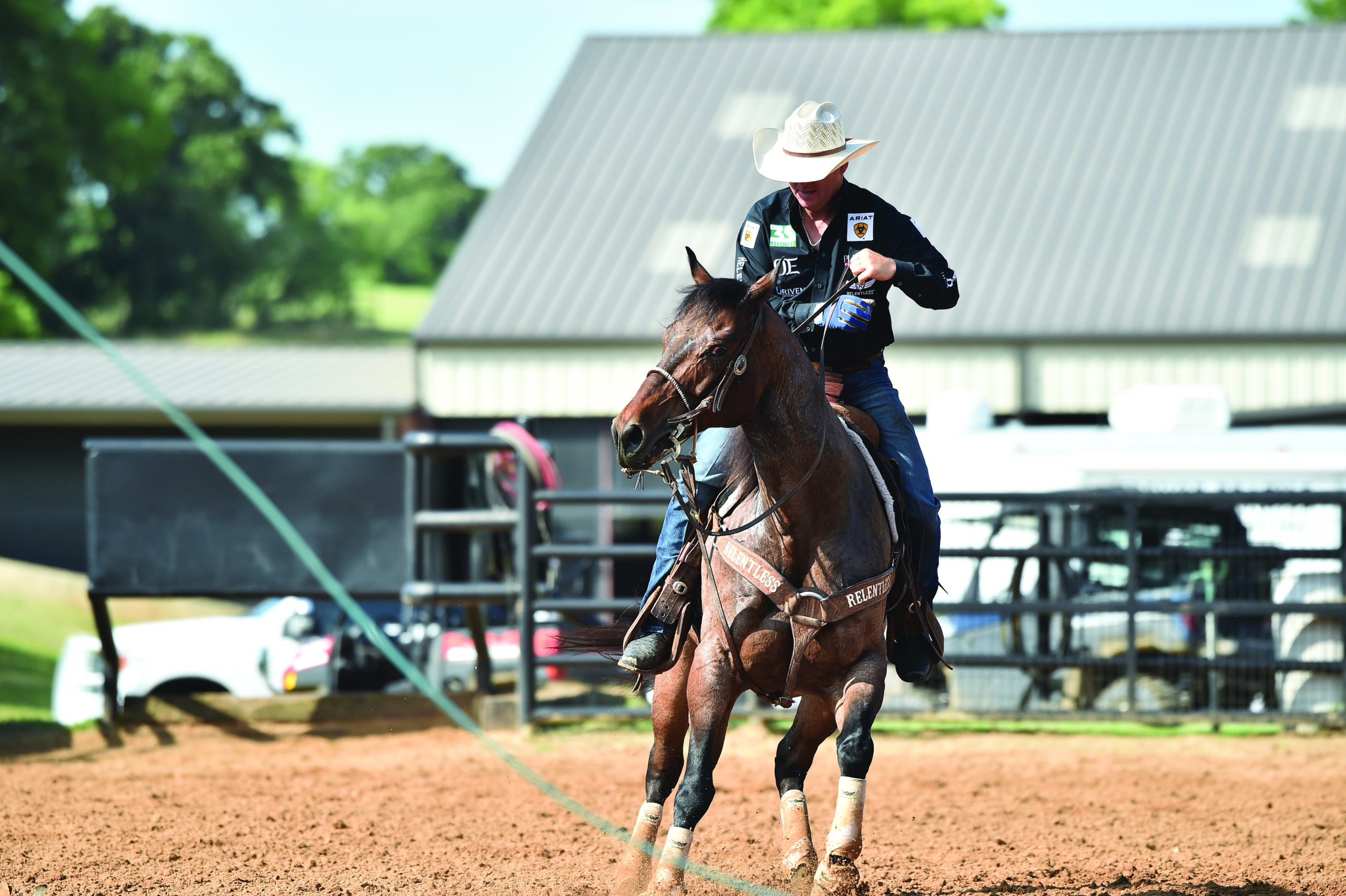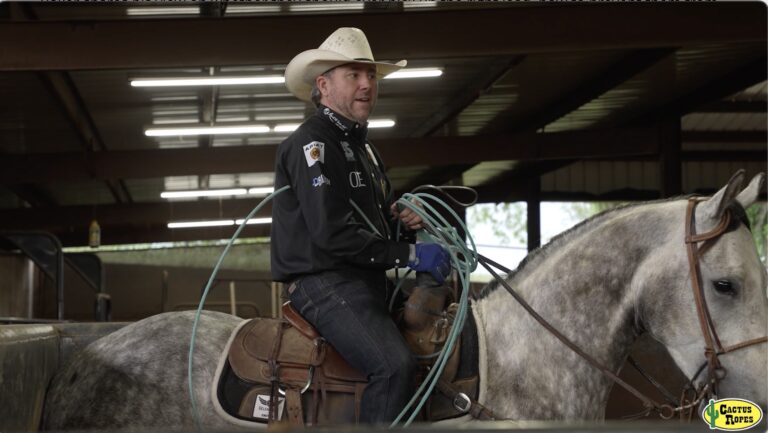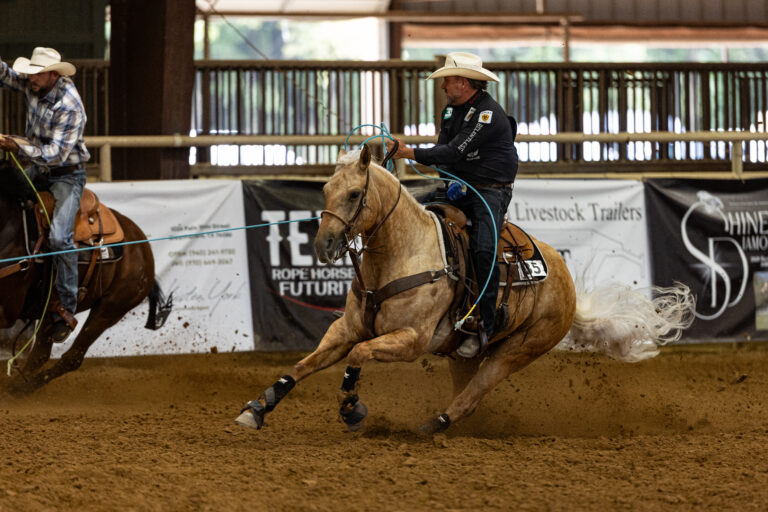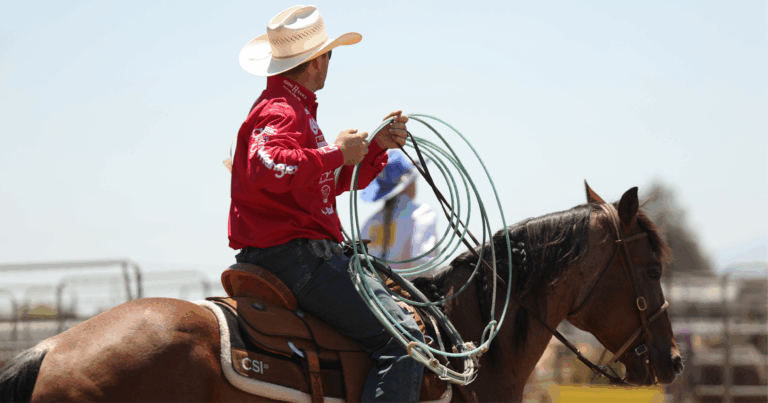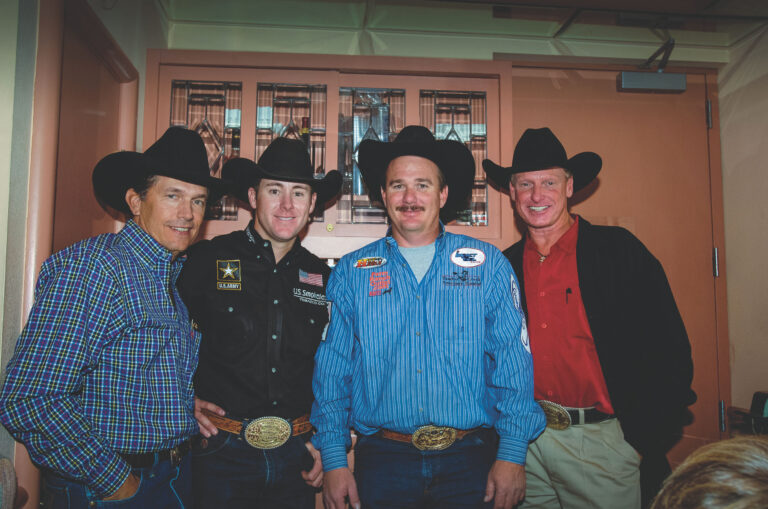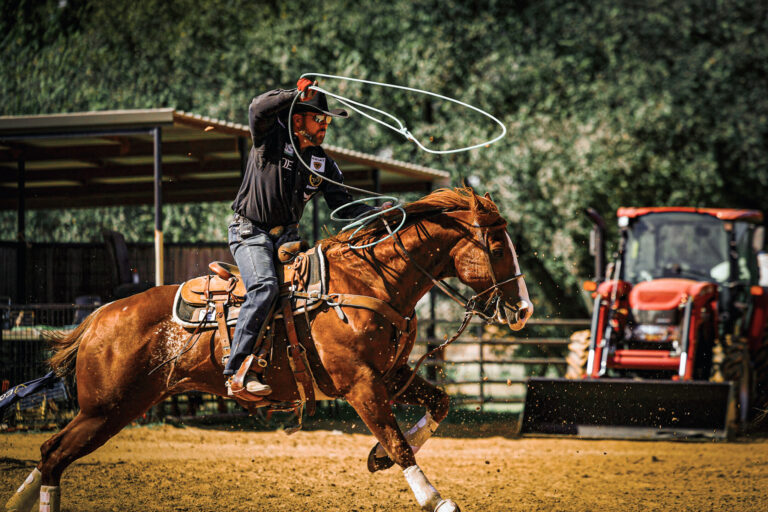Question: Trevor, I read your article about teaching the face last winter. I worked on everything you suggested, and I’m happy with how he faces. What do you recommend I do at the end of a run in the practice pen now to keep that in him?
— Cesar Rodriguez; Tucson, Arizona
Answer: I’m working on this column mid-summer, and I’m just leaving the slack at Deadwood, South Dakota. So, I’m going to tell you how what you’re asking is on my mind as it applies to rodeo and competition, and then I’ll talk about what I do in the practice pen to keep my horses’ finish sharp.
[PLUS: Brazile’s Relentless Gear Line]
Relentless Future Head Rope by Cactus Rope
Relentless All-Around Sport Boots by Cactus Gear
Relentless Extreme Gel Pad by Cactus Saddlery
(As an Amazon Associate, we earn from qualifying purchases made through affiliate links.)
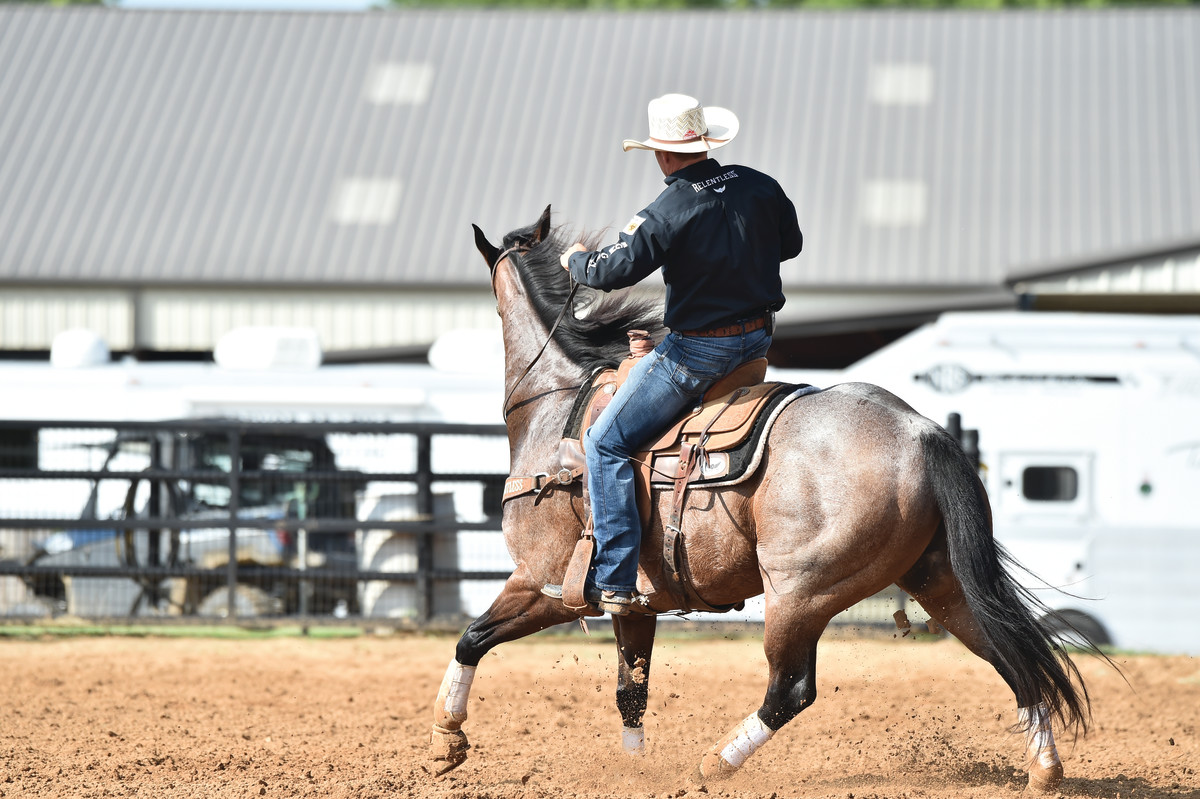
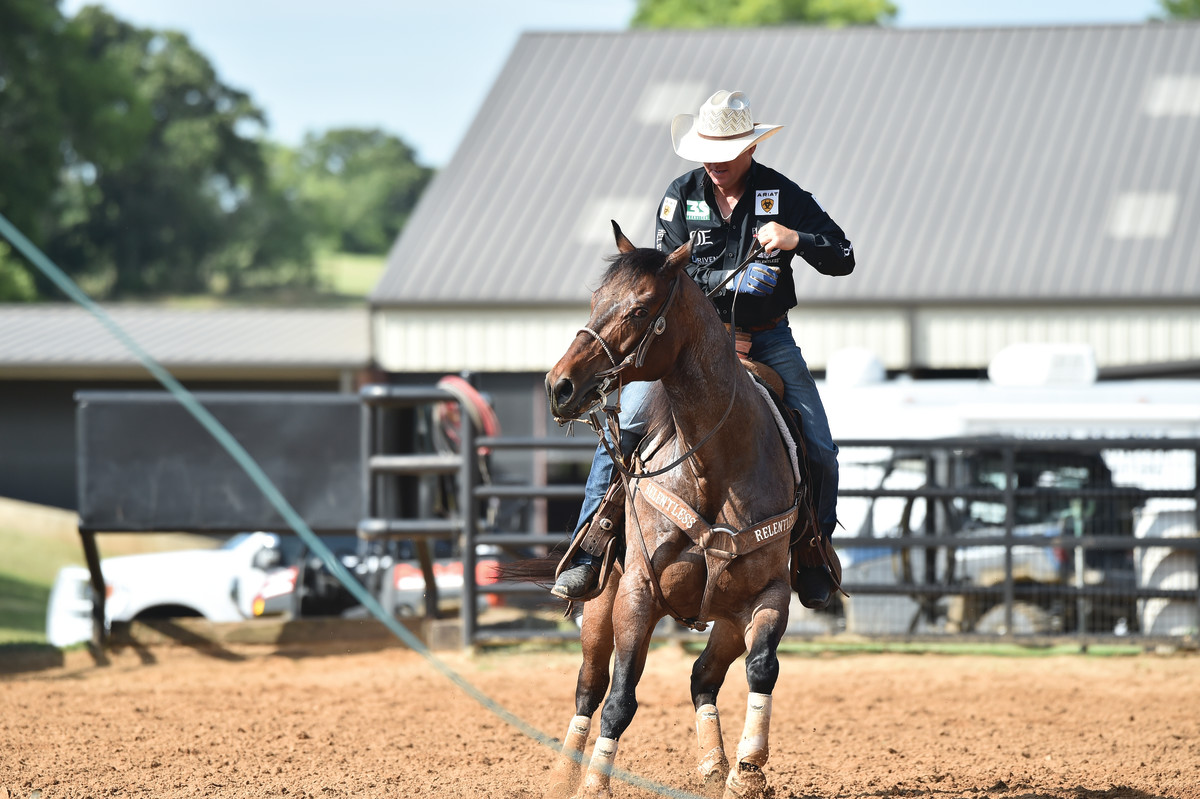
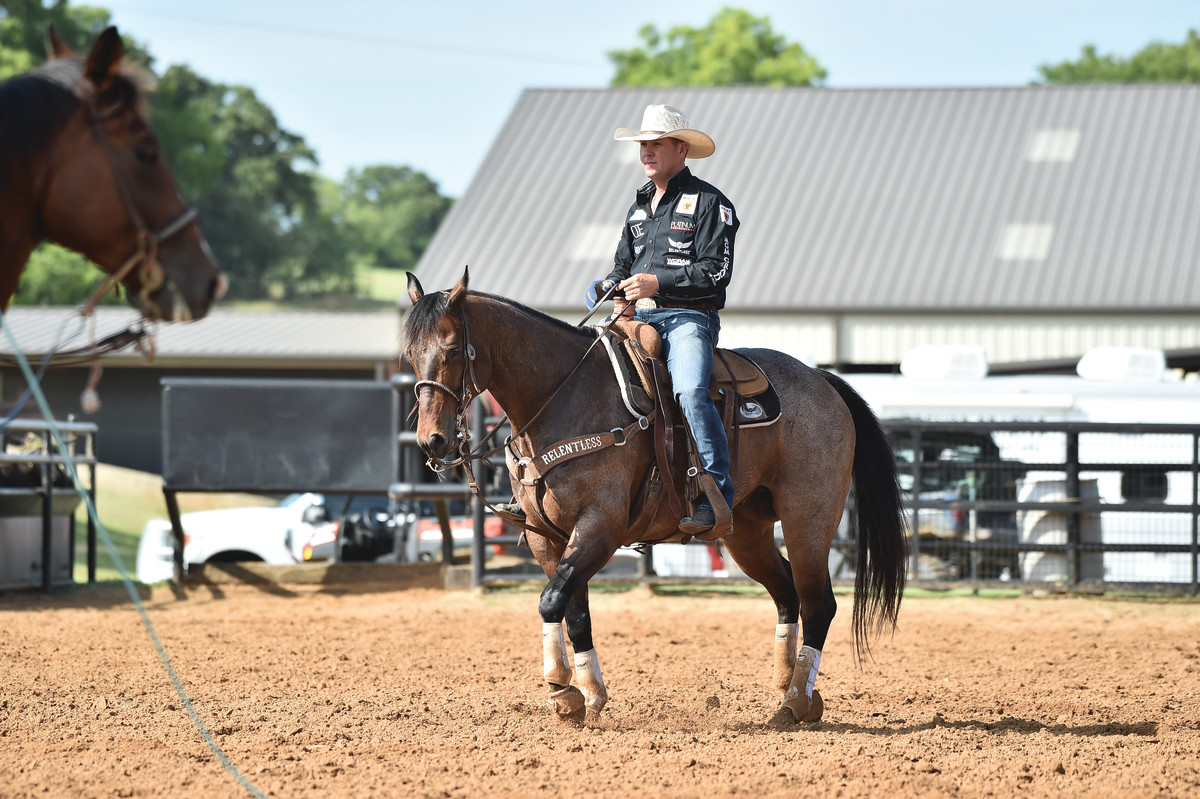
I watched some of the team roping at Deadwood, and the best runs were the ones straight down the middle with everything finishing in the middle. But I also see people with amazing talent with a rope having their heelers bring their steers left because they can’t ride their horse. That camouflages the weakness in their riding, and they’re looking for a mercy flag, looking at the flagger like this ain’t America.
Learn More with Trevor Brazile:
The rodeos are getting so tough—especially in a year like 2020—when everyone is at the same rodeo with over 100 teams. Ultimately, in this environment, you cannot discount the steer’s pattern and how that affects the finish of the run. When the greatest guys are going head-to-head and not getting to spread out across the country, the runs that are in the middle have the same reach, and you’re able to let the flagger help you because it finishes how it’s supposed to. I see so many headers who have to have their heelers bring their steers left, who quit riding to do a wind-up before they throw, let their horse drop and the results hinge on the flagger and they’re looking for a mercy flag with sad eyes. The ropers who have a lot of game with their ropes and are able to keep their horses good, whether the steer is in the left lead or not, are the ones who will win a lot of money right now.
Related
With all that being said, a good finish to your run is what puts control of the flag you get back in your hands, as much as that’s possible. Keeping a good face in your horse means riding throughout the run, keeping him framed up and not forcing him into the left fence because you reach and let him drop.
I talk in every issue about riding your horse throughout the run, so it’s a given that you’ve got to keep your horse framed up and in your hand. But this month, I’m going to talk about how I finish my run, and how I condition my horses to face at the top of their game every time money’s on the line.
I face 75% of the time at home in the practice pen, making sure my horse is sharp and correct and pivoting on his front end. The other 25% of the time, I lope them off and try to keep them framed up like they’re going to face—meaning their shoulders pushing through, their head slightly to the inside and their hind end driving so they can pivot on their front end. I make sure to not let their butt get into the rope, and then as the run ends I drop the rope and lope them to the left, pushing their shoulders through with their head to the right and when I get to about the halfway point of the circle, I slow them down to a walk and let them ease to the catch pen.
Listen
Another thing I do a lot is I let my rope go when my heeler’s got him roped, and I slow the horse down to a lope. Instead of letting him walk out of it, I face him way after the run is over, when he’s in control. That lets him know the end of a run doesn’t happen in a certain position in the arena, or three jumps after he turns the steer. I want to show him why I’m keeping him framed up. I may face him after the steer is already close to the stripping chute. I do that a lot because there’s no rope, there’s nothing. You can actually concentrate on where his feet are and when he’s ready to face. If they’re not doing it correct without the rope, they’re not doing it correct with it—they’re just masking it.
Trevor wants to answer your questions about roping & horsemanship. Email cshaffer@aimmedia.com to have your questions featured in a future issue of The Team Roping Journal.




